Your child’s first cell phone is a huge milestone. It signifies some form of independence and connection to the rest of the world. But, while smartphones can grant children a lot of freedom, they also come with a lot of responsibility. Recently, teens and young adults have faced peer pressure and cyberbullying based on which smartphone they use.
Text bubble bullies
The bullying stems from the exclusivity of the text messaging platforms iMessage and Android messaging, both of which have different messaging services. iMessage is an instant messaging service that allows users to communicate with any other smartphone user, but certain features are only available when messaging other iMessage users. Android now offers a similar messaging service known as rich communication services (RCS). Both RCS and iMessage allow for faster messages and video/image sharing. However, iMessage users see a blue text bubble when texting other iMessage users and a green bubble when texting Android users.
This has resulted in an uptick in children being bullied and socially excluded due to the color of their text bubble. Some children using Android’s RCS or short message service (SMS) messaging have been kicked out of group chats with lifelong friends because their text bubbles went from blue to green. In The United States, iMessage users are sometimes viewed as the “in-crowd” because they only want to communicate with people who have blue bubbles. This is because this also allows them to share content with each other faster and more cohesively (such as GIFs, videos, emojis, etc.). Other group texting features including “reactions” only work when everyone is an iMessage user, which has led to some frustration and exclusion among peer groups. This separation and exclusivity can potentially harm kids and young adults, causing them to question their social status and have an unhealthy sense of entitlement.
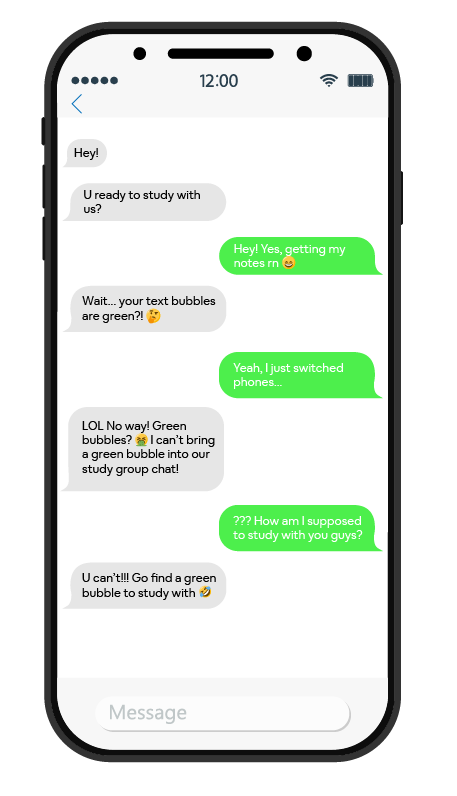
It’s important for parents to be aware of this issue because it is a form of cyberbullying. As we know, cyberbullying can lead to depression, low self-esteem and avoidance of school or interacting with peers. Parents and teachers can help prevent and stop bullying by being proactive.
If you suspect your child is experiencing cyberbullying
Pay attention to changes in your child’s mood, how they treat others and how their friends/classmates treat them. If you notice changes in their behavior and think they’re being bullied online then:
- Talk to them about bullying and cyberbullying
- Keep an open line of communication
- Talk to them about what they’re posting on social media
- Work with your child to develop problem-solving skills, which may include brainstorming how to respond to bullying
- Help your child feel pride and embrace diversity
- Stop any mean or rude behavior as soon as you see it.
It’s important to talk to your children about cyberbullying, and bullying in general, frequently. Parents should have multiple conversations with their child over many stages of their development about healthy smartphone and technology use. If you continue to notice your child showing signs of being cyberbullied or cyberbullying, it is never too late to get help. Reach out to our Center for Neuroscience and Behavioral Medicine to get any assistance your child may need during their times of growth and development.
 https://riseandshine.childrensnational.org/wp-content/uploads/2024/07/teen-girls-fighting-feature.jpg
300
400
Danielle Robbins
https://riseandshine.childrensnational.org/wp-content/uploads/2017/11/childrens_riseandshine_logo.jpg
Danielle Robbins2024-07-24 12:10:252024-07-24 12:10:25Helping your child through a friendship breakup
https://riseandshine.childrensnational.org/wp-content/uploads/2024/07/teen-girls-fighting-feature.jpg
300
400
Danielle Robbins
https://riseandshine.childrensnational.org/wp-content/uploads/2017/11/childrens_riseandshine_logo.jpg
Danielle Robbins2024-07-24 12:10:252024-07-24 12:10:25Helping your child through a friendship breakup







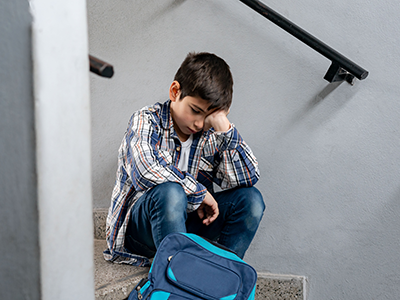
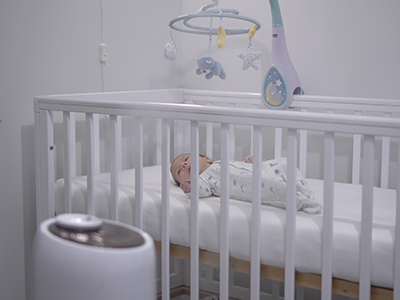






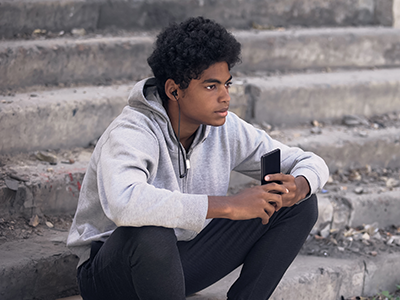


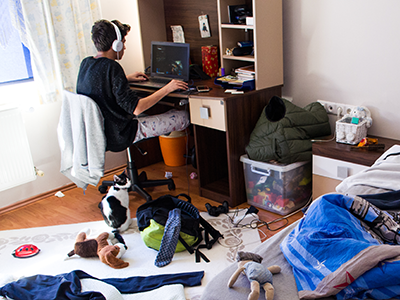



Leave a Comment
Want to join the discussion?Feel free to contribute!